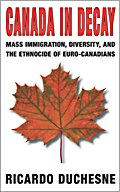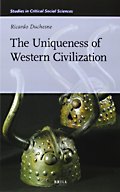Population bombshell
SUE NEALES
Chief reporter
Mercury
August 08, 2008 12:00am
TASMANIA must develop ways of boosting its population and setting growth targets, opposition parties and business leaders said yesterday.
They called for an urgent debate on a population target.
Liberal leader Will Hodgman said the State Government should adopt a population target and fund a campaign to lure more interstate and overseas migrants.
“This is about Tasmania's population increasing so the state has critical mass to drive our economy and sustain economic development,” Mr Hodgman said.
He accused the Government of inaction on an issue of vital importance to Tasmania's social and economic future.
“What we need is targeted policies to attract people of working age and their families from overseas and interstate, but we have to show them that Tasmania is a place where they can get a good job and their kids a good education,” Mr Hodgman said.
“We are so well placed to attract people that want to flee the rat race, but we also don't want to become 'God's waiting room' for retirees.”
Greens leader Nick McKim called for an end to a “policy vacuum” surrounding debate about Tasmania's ideal population. He called it the “elephant in the room”.
“It is well beyond time that we had a constructive debate in Tasmania about what our optimum population might be, particularly what is sustainable environmentally and in terms of social infrastructure and diversity,” Mr McKim said.
Tasmania has a population of about 498,000, a jump of 23,700 on the previous decade.
The critical half-million population mark is expected to be passed for the first time in the next few months.
But Tasmania does not have an active strategy to pursue a population target. The state's population is forecast to peak and decline from 2025.
Tasmanian Chamber of Commerce and Industry chief executive Damon Thomas said it was vital Tasmania encouraged more immigration and had a debate about a population target.
“This is a really important issue for Tasmania. We must work out what our total sustainable carrying capacity is and start working to that,” Mr Thomas said. “If we don't have an idea of what our ideal population is or should be, we can't plan properly for infrastructure or determine what services and infrastructure we'll need to provide.”
Tasmania's population was too small to support itself.
He said the $525 million subsidy provided each year by other states to Tasmania, beyond its standard entitlements, was evidence that its population was not economically self-sufficient.
“Our population is not high enough and is nowhere near where it needs to be to be economically self-sustaining,” Mr Thomas said.
“Whether we set a firm target to aim for is one issue. Whether we should start working out now what infrastructure we would need to support a population of 500,000 or 700,000 is probably the more urgent question.”




